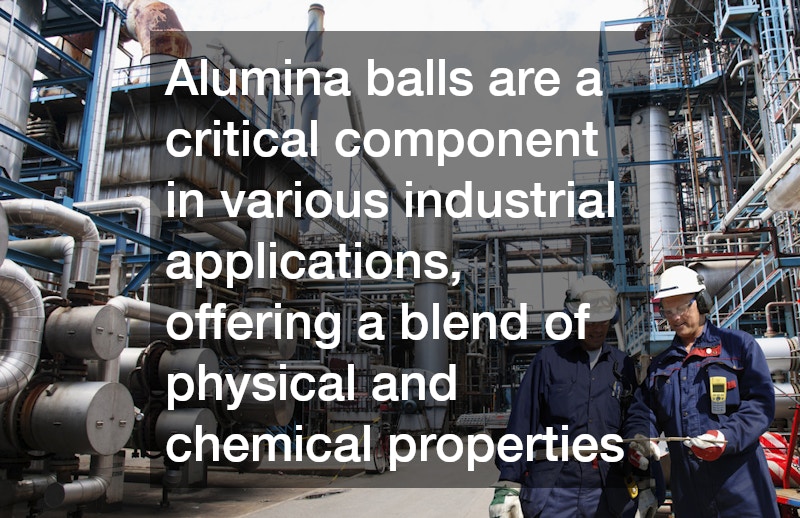
Alumina balls are a critical component in various industrial applications, offering a blend of physical and chemical properties. Made primarily from aluminum oxide, these balls are exceptionally durable and resistant to abrasion. Their high-density nature makes them suitable for use in harsh environments where traditional materials might fail.
The versatility of alumina balls is evident in their widespread use across different sectors, such as petrochemicals and mining. In these settings, they serve as excellent grinding media due to their hardness and thermal stability. As such, they play an indispensable role in processing raw materials, which is crucial for maintaining operational efficiency.
Applications of Alumina Balls
Alumina balls find applications in grinding and milling processes, particularly within the mining and mineral processing industries. Their use as grinding media allows for efficient particle size reduction, ensuring products meet stringent specifications. This capability is especially important in sectors demanding precision, such as pharmaceuticals and fine chemicals.
These balls are also prominent in catalysis and adsorption processes, enabling efficient chemical reactions and purification tasks. Their high surface area enhances catalytic activity, making reactions faster and more efficient. Additionally, alumina balls feature excellent adsorption properties, crucial for tasks like water treatment and air purification.
Benefits of Using Alumina Balls
One of the standout benefits of alumina balls is their ability to improve process efficiencies. Their durability means they require less frequent replacement, reducing downtime and enhancing productivity. Additionally, their high alumina content provides superior resistance to thermal shock, prolonging service life in extreme conditions.
Alumina balls also contribute to environmental sustainability by optimizing resource use and reducing waste generate. The reuse and recycling potential of alumina balls make them an eco-friendly choice compared to other materials. This sustainability factor is increasingly important for industries aiming to reduce their ecological footprint.
.
